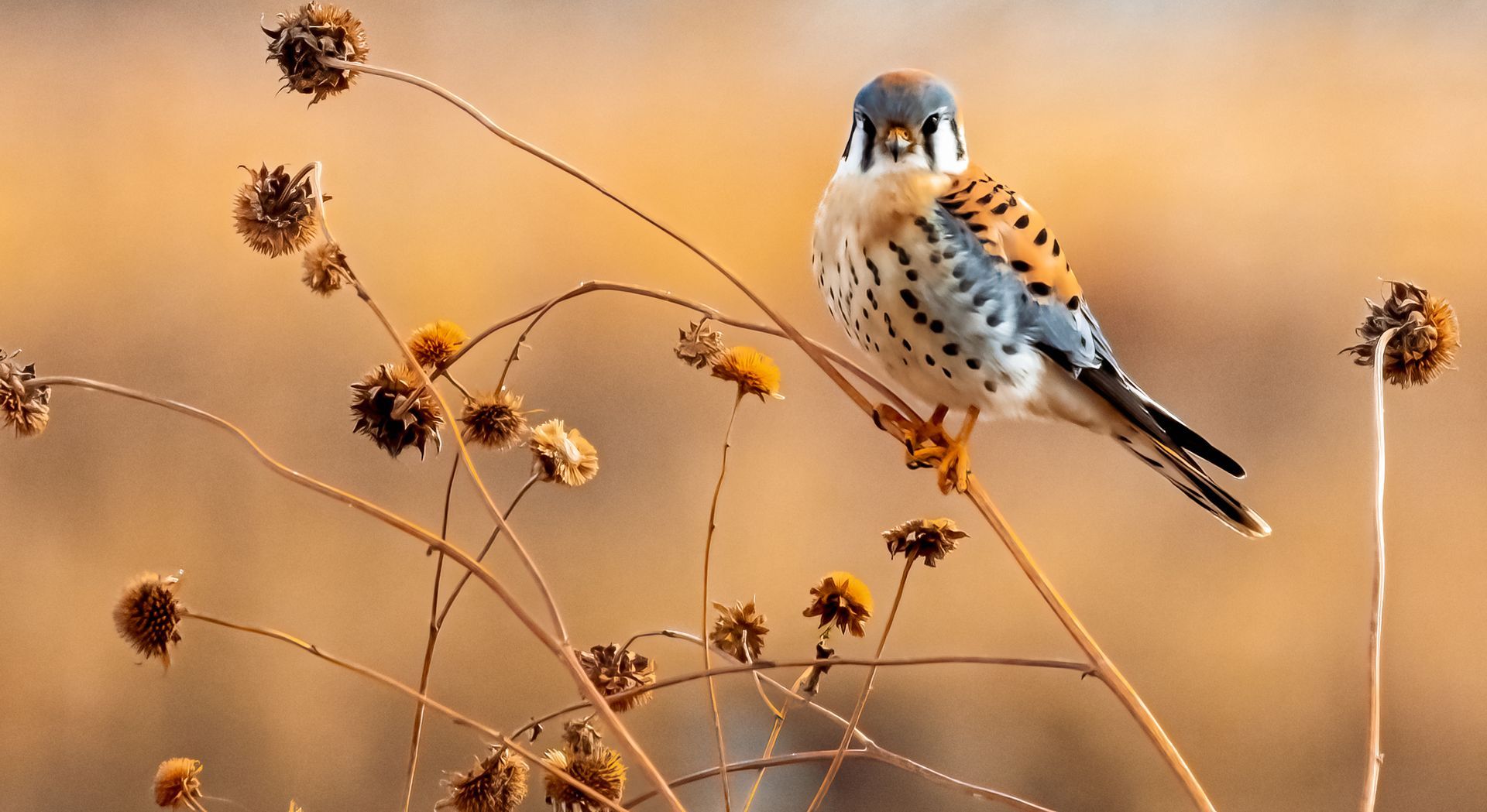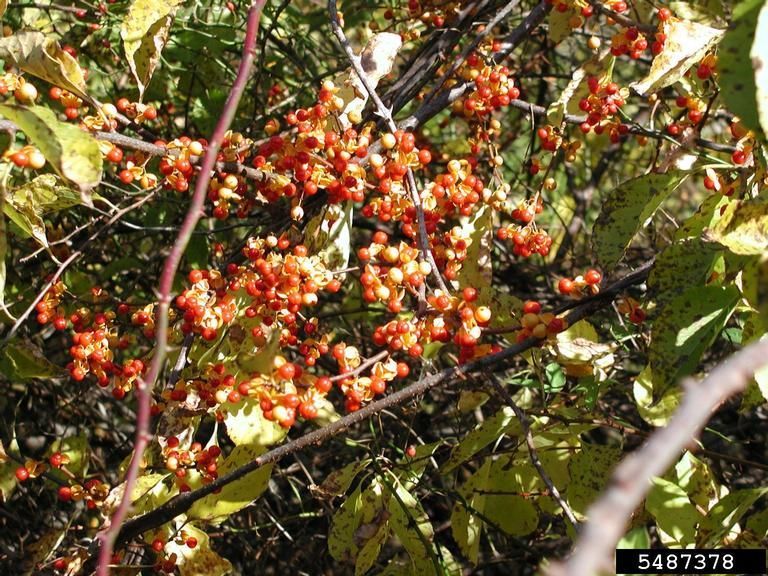Maple Syrup Season
March is maple syrup season in Michigan. It may surprise you to know you can make maple syrup from the trees in your backyard. The process may be a little time-consuming, but it is well worth the effort.
Materials Needed:
- Drill with a 7/16-inch diameter drill bit
- Spout
- Sap collection container
- Storage containers, such as plastic or metal trash cans that can hold 1 to 2 gallons for each tap (ex. 25 taps = 25 to 50 gallons storage). 5-gallon pails work well for backyard trees.
- Pot with high sides and a heat source for boiling sap
- Candy thermometer
- Filter for filtering sap and hot finished syrup
- Containers for finished syrup (canning jars, syrup jugs, etc.)
- Optional: Refractometer to measure sugar levels
Trees Used for Maple Syrup:
Sugar maple is the best tree to use for maple syrup production. The sap contains a high sugar to water ratio and less is needed to produce syrup. However, you can also collect sap from red maple, black maple, silver maple, and box elder.
Sugar maple has five-lobed leaves and has grey-brown bark.
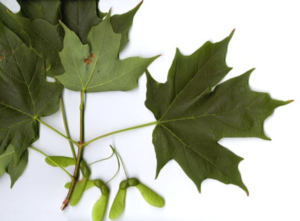
Red maple has 3-5 lobed leaves and has smooth grey bark.

Black maple has five-lobed leaves that are dark green and dark grey bark.
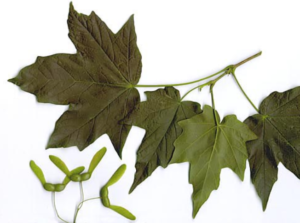
Silver maple has five-lobed leaves that are toothed, the bark is grey-brown.
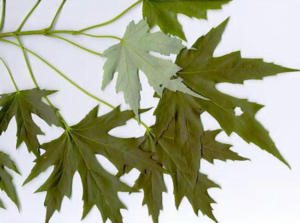
Boxelder has compound leaves with three leaflets, the bark is grey.

Remember you cannot collect sap from trees on public land.
Tapping Trees and Collecting the Sap:
March is the perfect time to collect sap, the nights are freezing and the days are warm. Sap can be collected until the tree starts producing buds, sap collected after this time can be bitter.
Trees have to be at least 10 inches in diameter in order to collect sap. When the diameter is above 18 inches two spouts can be placed. If it is above 25 inches three spouts can be placed. To make measuring simpler below is a table converting circumference into diameter.
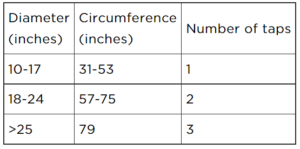
Tapping should be done on a day when the temperature is above freezing. To tap a tree, you first have to drill a hole 1.5 – 3 inches deep at a slight upward angle 4.5 feet above the base. Clear out all the debris and start tapping in the spout gently. Hang the collection bucket, and wait for the sap to pour.
Sap should be collected every day and stored in a clean, cool, dark place. Otherwise, the sap can spoil or be infested with bugs.
Making the Syrup:
The collected sap should be made into maple syrup relatively quickly after collection. Run the sap through a filter to remove any debris. Outside in a large pot boil the sap until the sugar concentration is 66-67%, or until it can coat the back of a spoon. If the concentration is less than 66% then the syrup can spoil later on. If the concentration is more than 67% the syrup can crystalize. When it is done the mixture needs to be 7.25ᵒF above the boiling point of water around 220 degrees Fahrenheit.
It is recommended to boil the sap outside because the amount of moisture boiled off can damage in-home fixtures. On average 40 gallons of sap makes one gallon of syrup.
After the correct concentration is reached, strain the syrup to remove sugar sand.
Bottle and enjoy!
Making your own maple syrup is a wonderful hobby. It may help you to appreciate nature and what it provides. If you would like more information on how to properly tap trees and make maple syrup, click Here . To find out more ways to enjoy the outdoors, click Here .
The post Maple Syrup Season appeared first on Michigan United Conservation Clubs.

